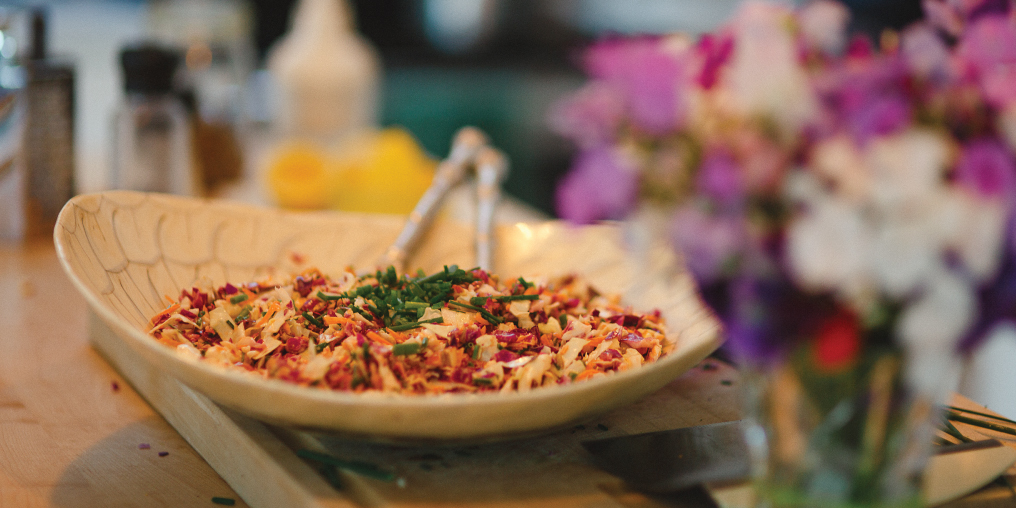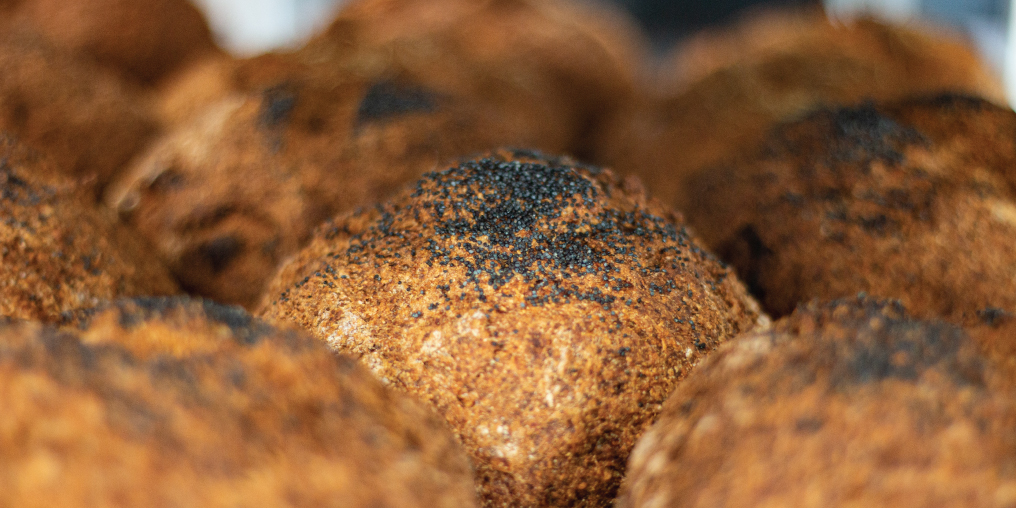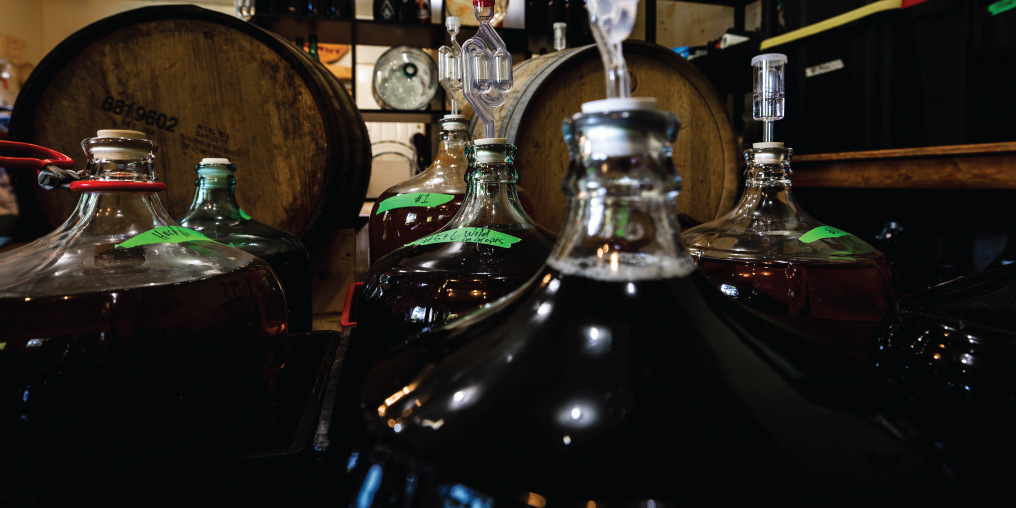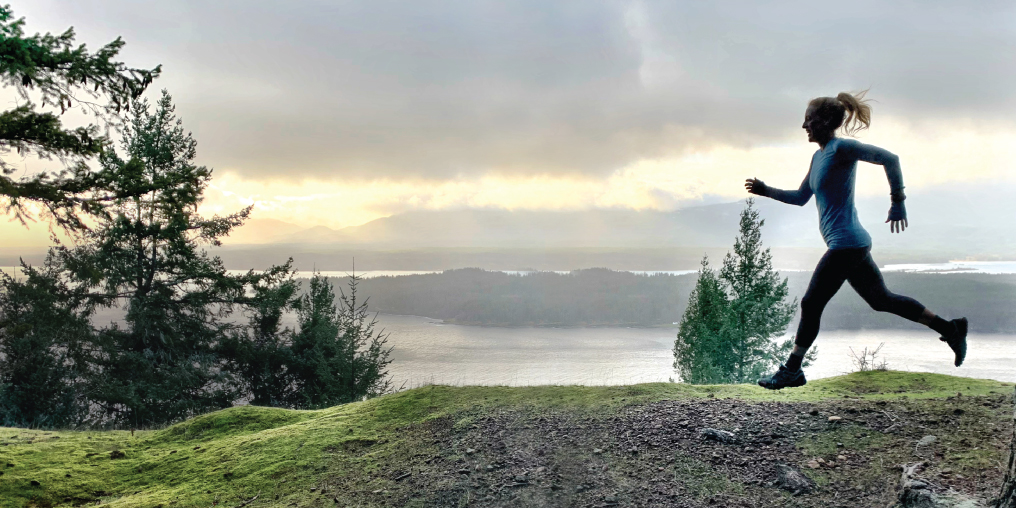One of my twins’ favourite meals is tacos. They are easy to prepare and a great way to incorporate all the colours of the rainbow into a fun family meal. We like to get our tortillas from our local friends at Abuelo’s Foods. We add homemade guacamole, refried beans, fresh cilantro, chives, cut-up spinach, chopped peppers, homemade salsa, grass-fed beef or bison, shredded purple cabbage, olives, and cheese. It makes such a beautiful spread, and it’s a fun meal to share together.
I’ve been passionate about food for many years, but my interest became even stronger in 2009, when I was diagnosed with cancer and my then two-year-old son was diagnosed with autism. I had no idea that one day these diagnoses would lead me to become a healthy-food advocate and teacher.
As I looked for ways to handle my cancer (using both eastern and western medicine), I learned that food could play an important part in my recovery. I discovered InspireHealth Supportive Cancer Care and the Callanish Society, Young Adult Cancer Canada, and other organizations that help people living with cancer. Through them and my quest for knowledge, I learned ways that food can be used as medicine to heal both our bodies and our minds.
As time went by, I realized I could share my knowledge with other families, whether they were dealing with cancer, autism, or other conditions—or just wanted their kids to eat well. I am so incredibly grateful every time I have to opportunity to teach kids about nutrition.
Here are some of my favourite tips and tricks that can help families with kids of any age eat healthier foods.
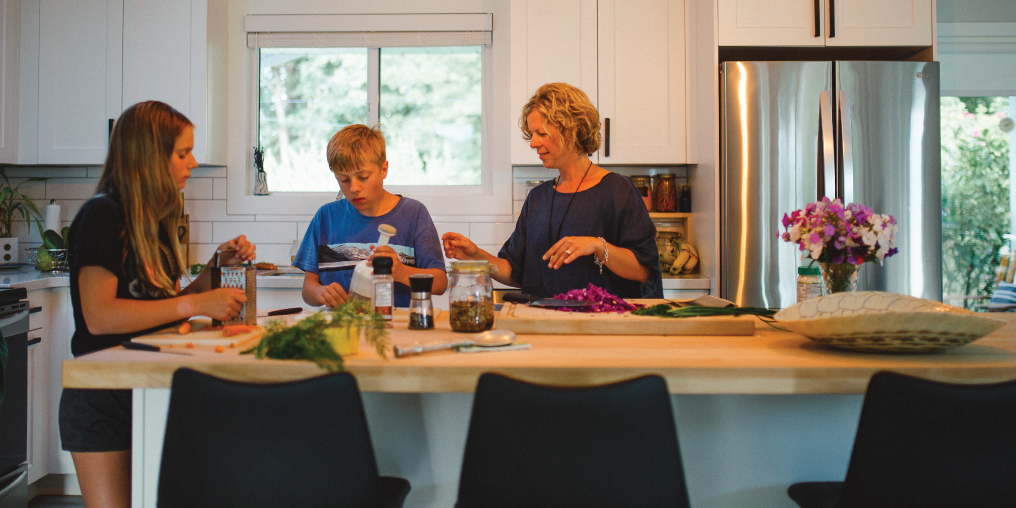
MAKE CONNECTIONS | PART 1
Where do your ingredients come from? I find my kids are much more inclined to eat their greens when they know they are from our garden or our weekly community share box.
ADD FLAVOUR
I purposely planted my herb garden right outside my kitchen door. It is easily accessible and a great way to add flavour to meals (and to get kids into the garden!).
I find that a good sauce or dressing goes a long way in enticing pickier eaters. My daughter’s favourite is a homemade Asian dressing, which I can put on almost anything she eats. It has a beautiful, mouth-watering smell and tastes amazing! I always make a double batch and it lasts for about two weeks in the fridge.
MAKE CONNECTIONS | PART 2
At mealtimes, we sit down together at the kitchen table. It is a great time to connect and talk about our day: things that went well and not so well, and things we are looking forward to. We make a point of turning off devices and take a minute to chat about where our food has come from and thank the person who has taken time to make the meal we are about to eat.
GET FANCY
Getting kids to consume enough water can be a challenge sometimes. When I put water in a nice Mason jar and add fresh lemon, mint, or berries, it is amazing how much water my kids will drink! Adding a few drops of stevia for sweetness can help, too.
MAKE CONNECTIONS | PART 3
When I’m teaching a kids’ program, and ask them to help me make a shake, I purposely put every ingredient in the blender separately and we have a conversation about each food. Eating the colours of the rainbow is so important, and when we can slow things down and get all their senses involved… they remember.
For example, when we put red berries in the shake, I say, “These are supporting our blood and our heart.”
While putting in the avocado, we talk about our brain (“Did you know 60 per cent of your brain is made of fat?”). We talk about the importance of having good fat in our diet, which helps to support our brain function and even our ability to focus and learn at school.
Yellow bananas are great for our skin and our immune system, and spinach (our green veggies) are good for our bones and immune system, too.
My favourite part of teaching kids is showing them how eating a variety of colourful foods can support different parts of their bodies. It is amazing to see their eyes light up when they connect the dots and really understand that the foods they eat support how their body and brain work.
All of a sudden, the shake they are drinking is not just a shake anymore… it is medicine that is helping them feel good and making their minds and bodies stronger.
Kids love to feel empowered, and teachers and parents love it when kids start opening their lunch boxes and having conversations about how the food / colours in their meals support their bodies.
When we create a healthy relationship with food, we also create a healthy relationship with our families, our bodies, our communities, and Mother Earth.





